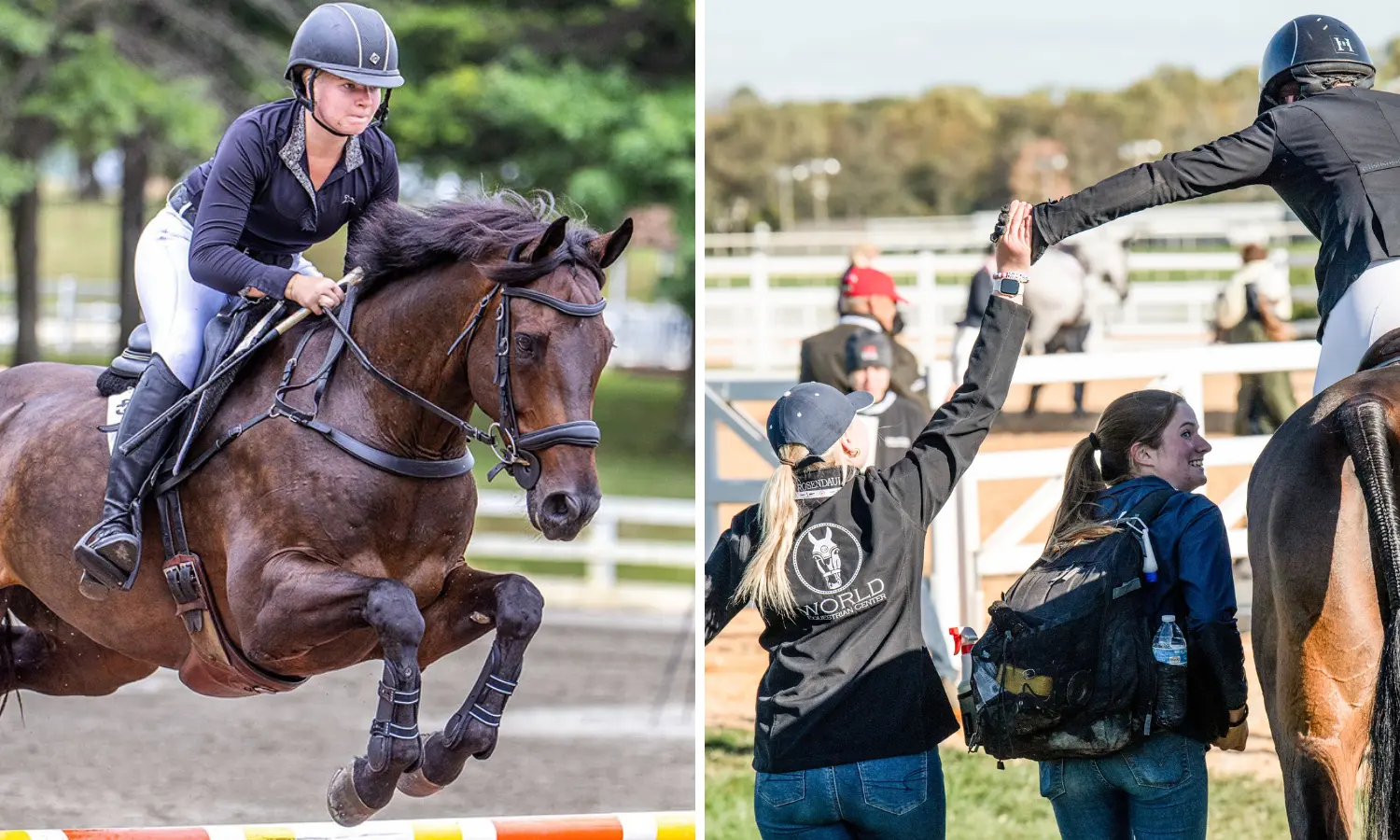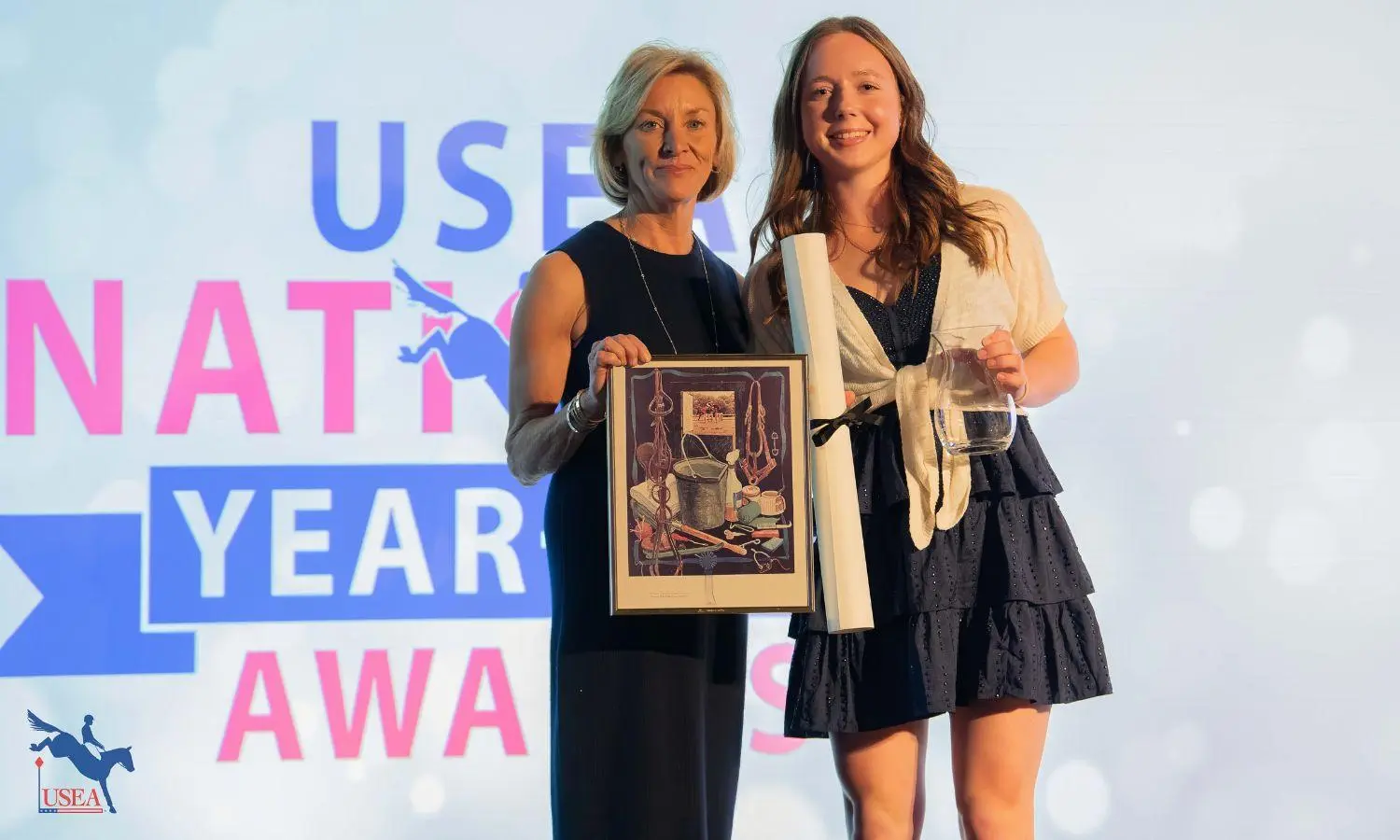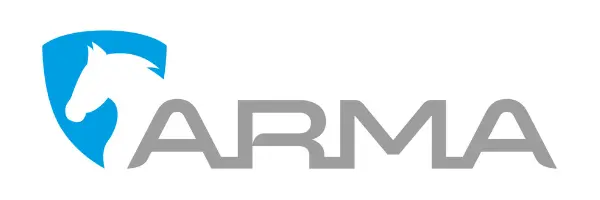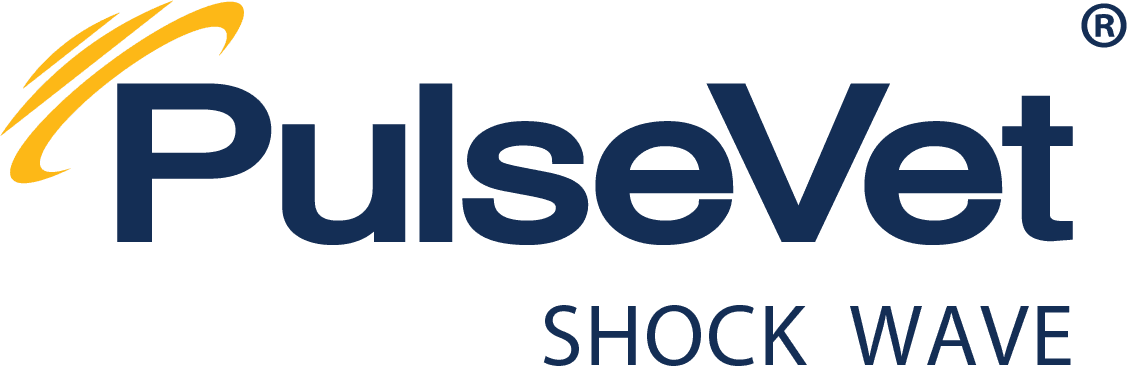5 Top Horse Care Mistakes & How to Avoid Them
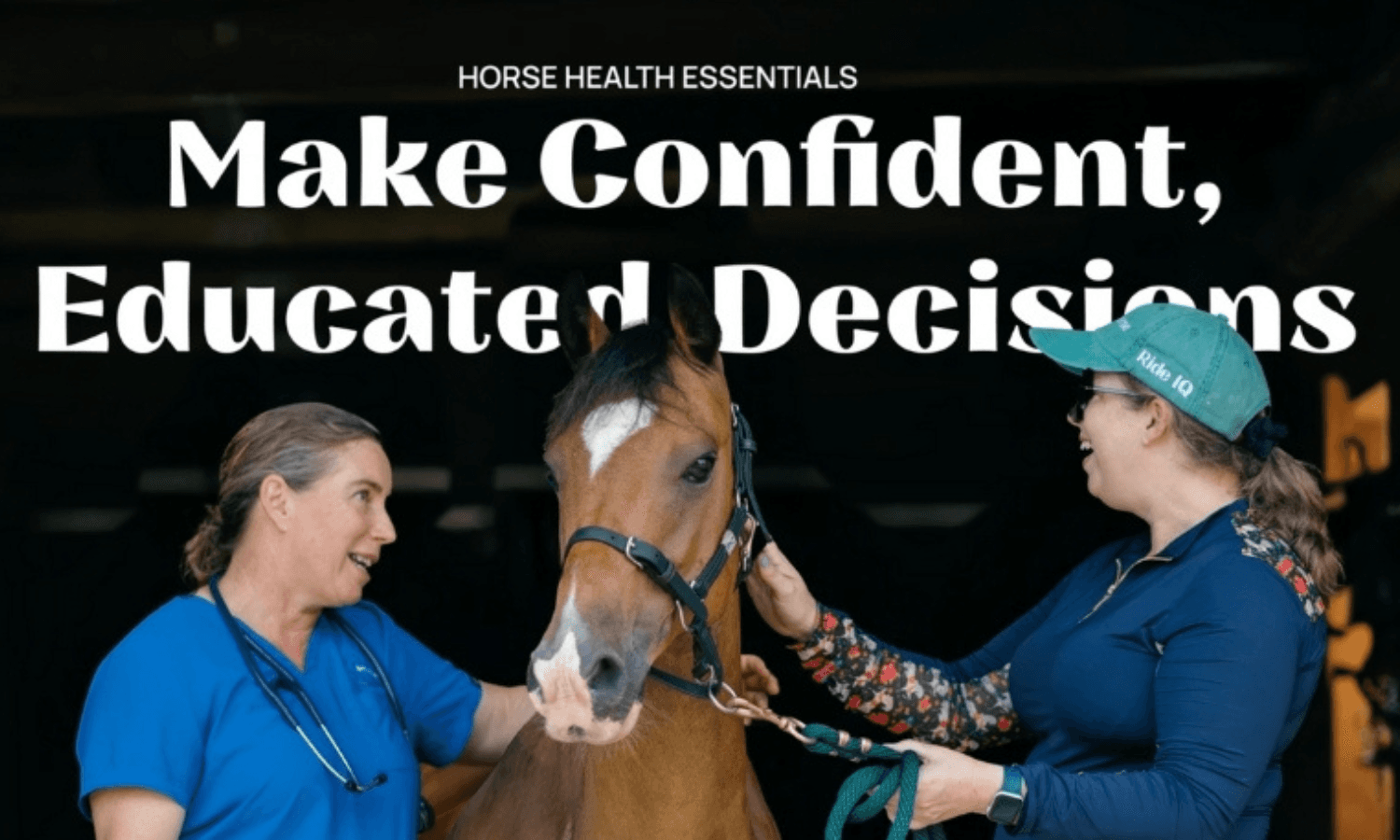
If you’ve been around horses long enough, you know two universal truths:
- Horses are incredible, generous athletes with bottomless hearts
- and Horses are absolute experts at finding new and creative ways to keep their owners up at night.
I’ve been an equine veterinarian for more than two decades, working on everything from backyard retirees to Olympic shortlist horses, and I have seen (and treated) just about everything a horse can get themselves into. The most important thing I’ve learned? A well-educated owner is a horse’s greatest health advantage. You know your horse better than anyone else, and when you have the right information, you can catch problems earlier, avoid expensive emergencies, and help your horse live a long, sound, happy life.
Recently, I teamed up with Ride iQ to host a webinar on the Five Most Costly Horse Care Mistakes & How to Avoid Them, ahead of the release of our new course, Horse Health Essentials. Below are the main takeaways.
Mistake #1: Calling Everyone Except Your Veterinarian
Yes, I know: barn friends, bodyworkers, farriers, Facebook groups, and Google are all tempting sources of information and feedback. But none of them can replace your veterinarian.
I can’t count how many times a rider has burned through hundreds of dollars on calming supplements or saddle pads only to later find out their horse was actually lame, sick, or injured.
One recent example: a rider called because her mare had become unusually spooky. She assumed it was an eye issue. Her eyes were fine. But during my physical exam (and after a quick driveway lameness test), we found the real culprit: low-level arthritis in the right hind fetlock. Once we treated it, the spookiness disappeared.
If she had first sought out advice from friends or FB about how to treat her horse’s eyes, her horse’s care would’ve been delayed and the issue may have gotten worse.
If something is off, your vet is your first call, not your last resort.
Somewhat related: get a pre-purchase exam. Even on a “free” horse. Especially on a free horse. A quick stethoscope check has saved many buyers from surprise atrial fibrillation and other athletic-limiters.
Mistake #2: Spending Money on Supplements Instead of Feed That Works
This one always ruffles feathers, but here we go:
My motto: Just walk away from the supplements.
I mean it.
Most supplements do absolutely nothing for your horse.
If you are feeding good-quality forage plus a commercial concentrate, your horse is already getting:
- the vitamin-mineral package
- the copper and zinc
- the biotin
- the amino acids
- the fatty acids
…that all those shiny supplement tubs are promising.
A one-ounce scoop is not fixing your horse’s hooves, coat, stomach, or brain.
Want a better coat? Better feet? A calmer horse?
Start with hay. Then feed the right concentrate for their workload and body type. Ninety-nine percent of the time, that solves the problem.
The big exception: electrolytes**.**
If your horse is sweating, electrolytes are absolutely appropriate and important.
Mistake #3: Poor Farrier Work
If you’ve heard me speak before, you know this line. My clients and my staff know this line:
“The toe is too long.”
Poor farrier work changes the physics of every step your horse takes, every single one. If the trim or shoeing is off, your horse is putting unnecessary strain on:
- the deep digital flexor tendon
- the suspensory
- all the ligaments up the back of the leg
- the navicular bone
- the coffin joint
…and it adds up far more quickly than you think.
Quick test you can do today:
Pick up your horse’s foot. Find the widest point of the hoof. You should have:
- 50% of the hoof in front of that line, and
- 50% behind it.
If not? You likely have a farrier issue.
This single mistake causes more long-term and expensive damage than almost anything else.
Mistake #4: DIY Wound Care
Listen, I appreciate resourcefulness. But horses have an unfortunate design flaw:
tiny wounds below the knee or hock can be life-threatening.
Case in point:
A gelding came in with what looked like a pinprick on the back of the pastern. A speck. The only reason the owner noticed it was because he knew his horse wasn’t “acting quite right.” (This is why you matter. You know your horse better than anyone.)
That tiny wound?
It had penetrated the pastern joint and was filled with infection. His joint fluid white count was 100,000 (in other words, it was the equivalent of pus). We got him to surgery within 90 minutes, but even then, the injury was career-ending.
Had the owner waited another 48–72 hours until he was truly lame? It likely would have been life-ending.
Two rules to commit to your memory:
1. If your horse has a wound below the knee or hock, take a photo and send it to your vet. Immediately.
There is far more dangerous real estate down there than safe real estate.
2. Never put these on a wound, ever:
- Transmission fluid
- Used motor oil
- Baking soda
- Wonder Dust
Yes, those have all been applied to wounds I’ve treated. Yes, I still need answers from the universe about why.
Stick to silver sulfadiazine or triple antibiotic until directed otherwise.
Mistake #5: Skipping Routine Care
Vaccinations, dental care, fecal egg counts, and deworming programs are the real money-savers in horse ownership.
I once lost a two-year-old filly to Eastern Equine Encephalitis because life got in the way and she went eight months without a booster. In Florida, where I practice, we have mosquitoes 365 days a year. A $50 vaccine would have saved her.
Routine care is not optional. It’s the cheapest and most effective insurance you have.
And please, have your horse’s teeth done annually with sedation, a bright light, and a speculum. Horses can live into their 30s with functional teeth if you take care of them.
Introducing: Horse Health Essentials
If you found these takeaways helpful, the Horse Health Essentials course on Elevate by Ride iQ goes even deeper. The course covers the eight core areas of horse care that every owner should be rock-solid on, from deworming to nutrition to fitness, in clear, under-one-hour lessons you can listen to in the car or at the barn. It includes the research backed data and direct advice you need to feel confident and calm around all your horse care decisions.
Your horse deserves that and so do you. You can learn more or buy Horse Health Essentials here.


